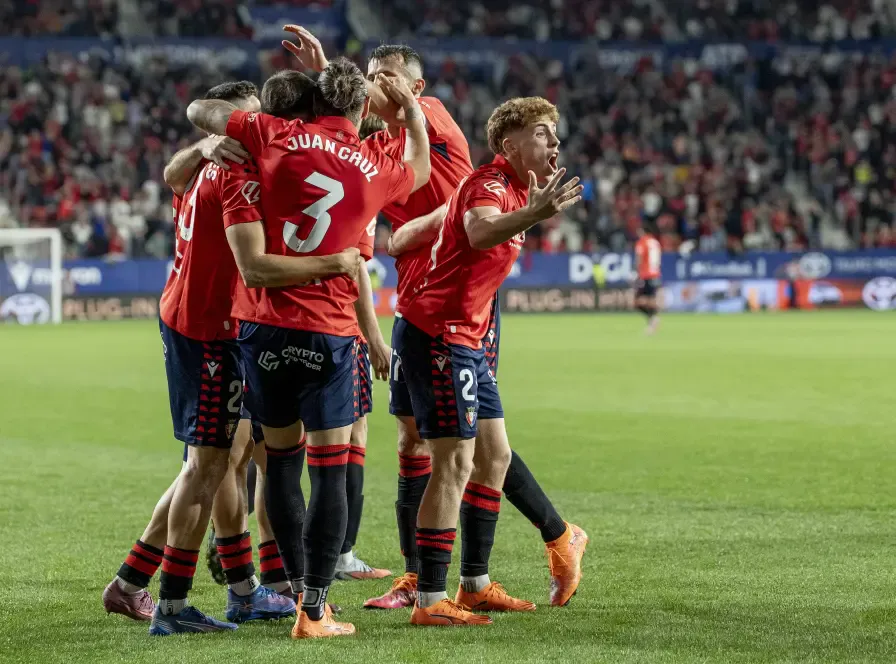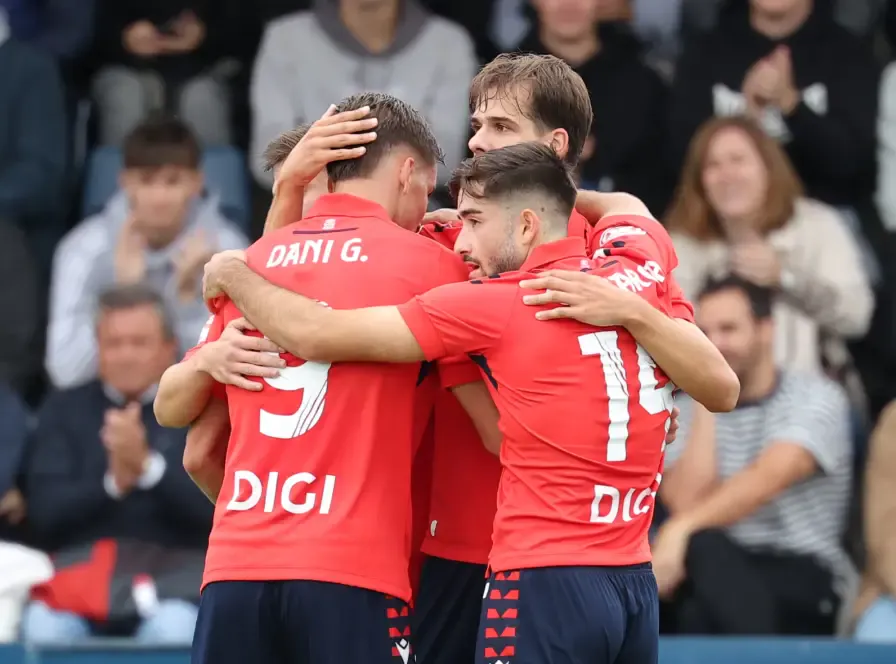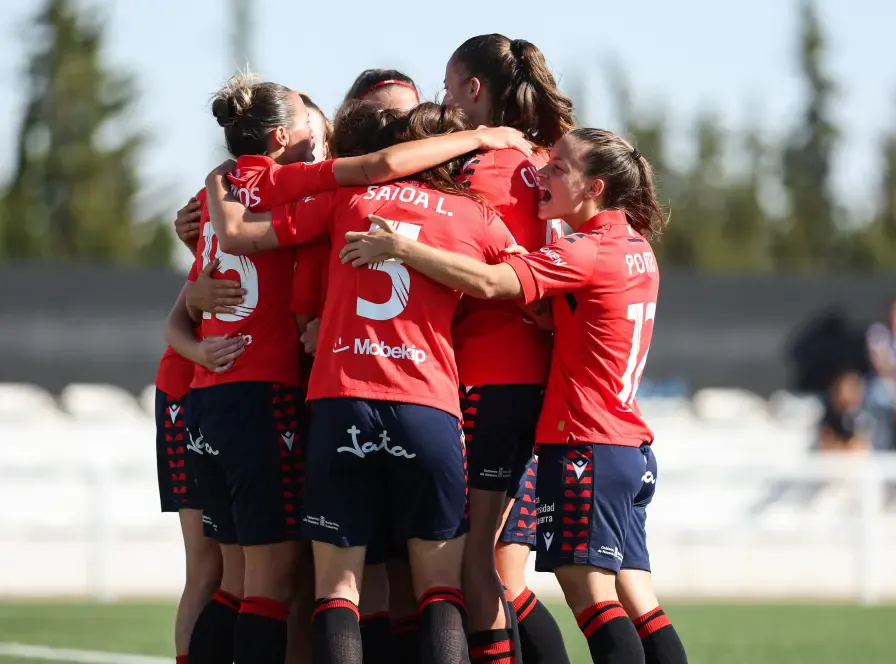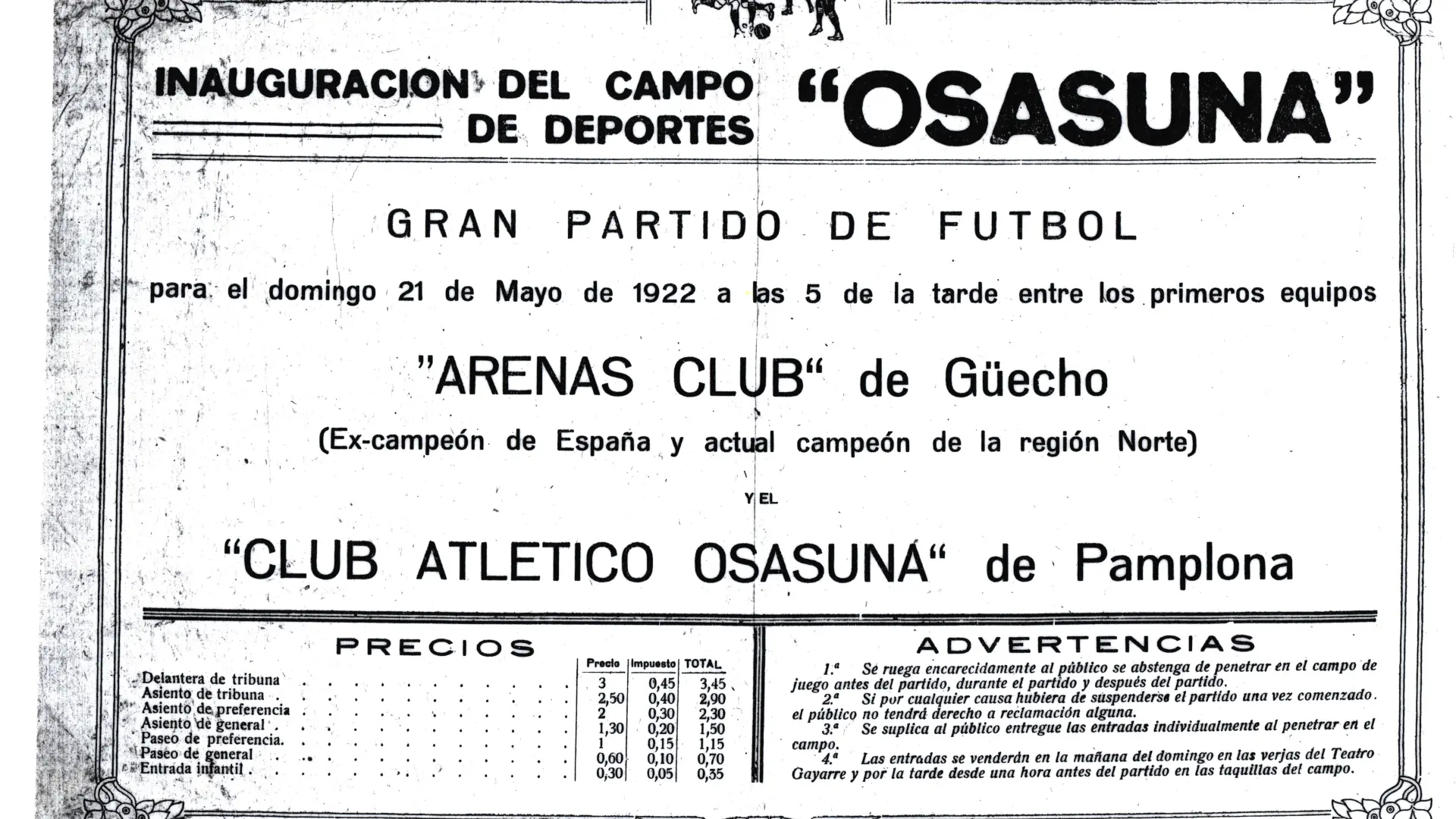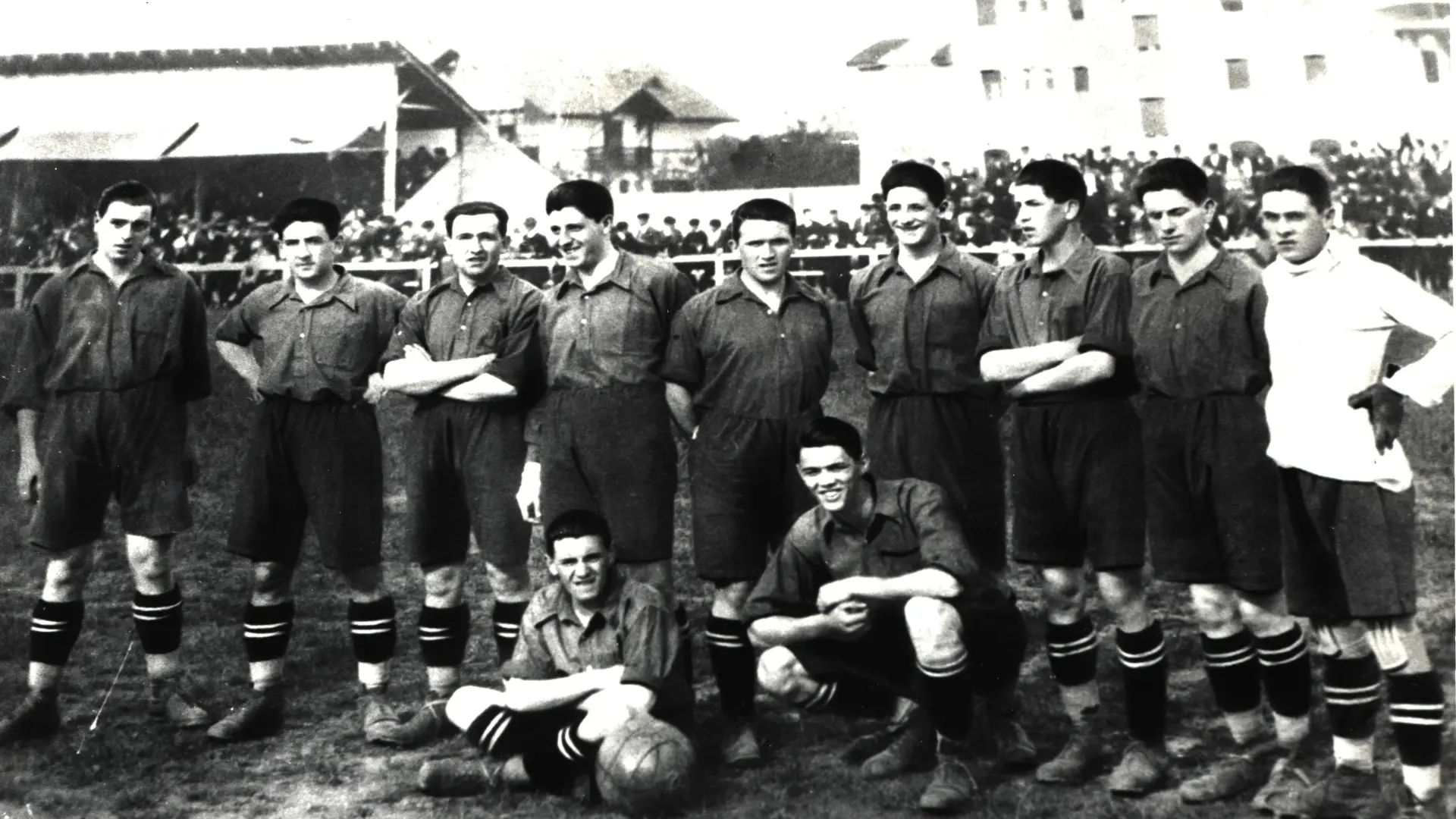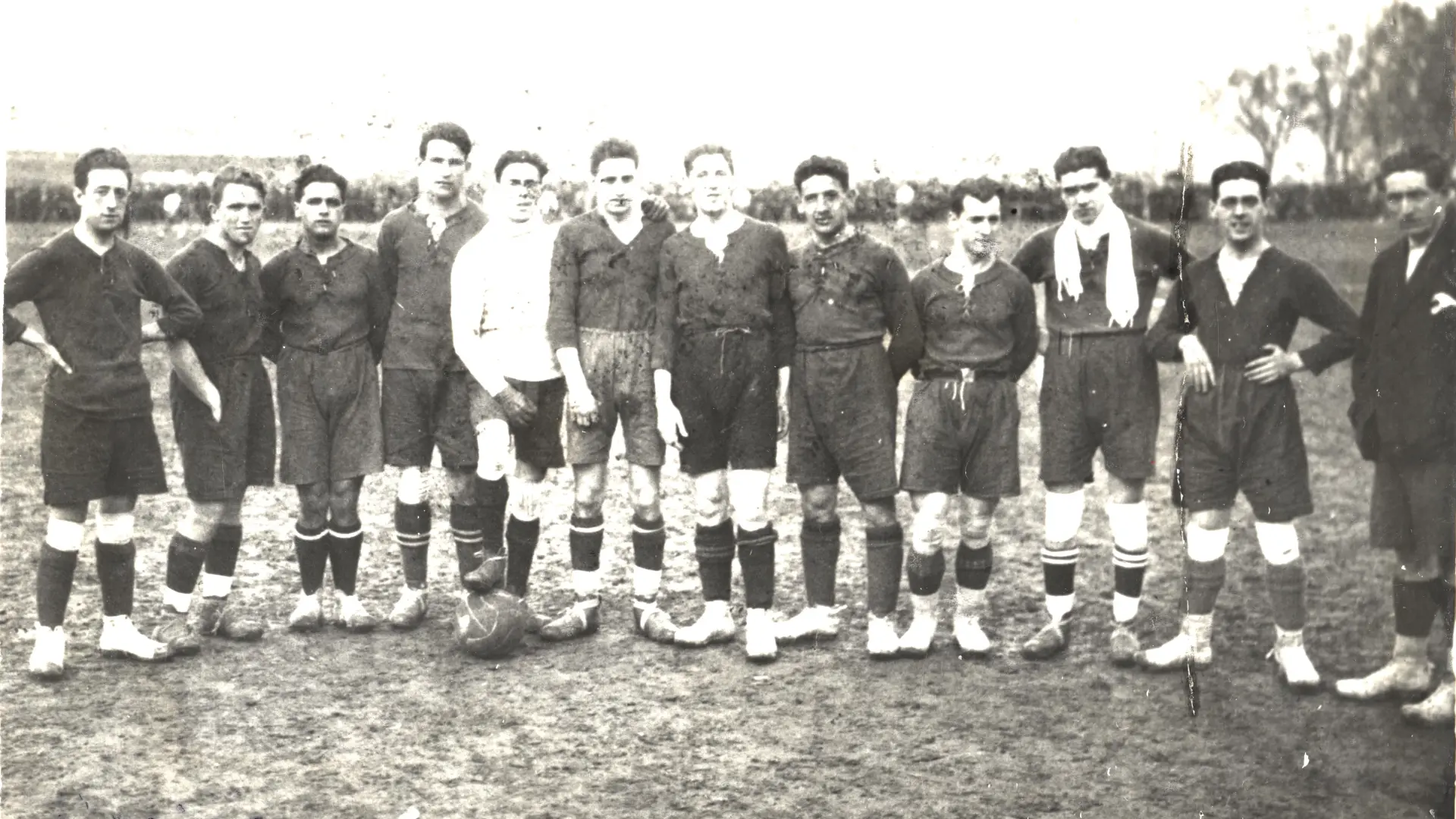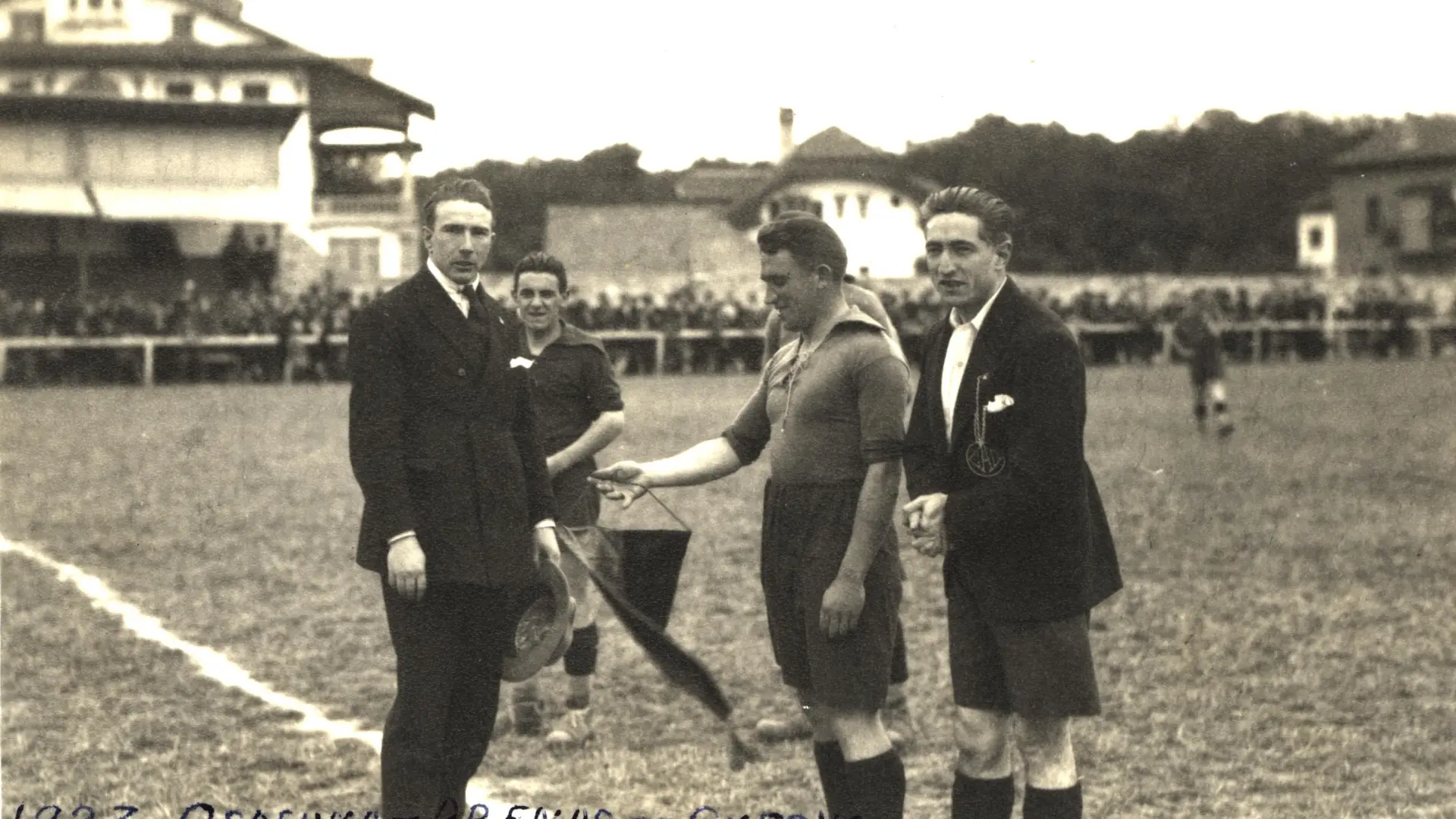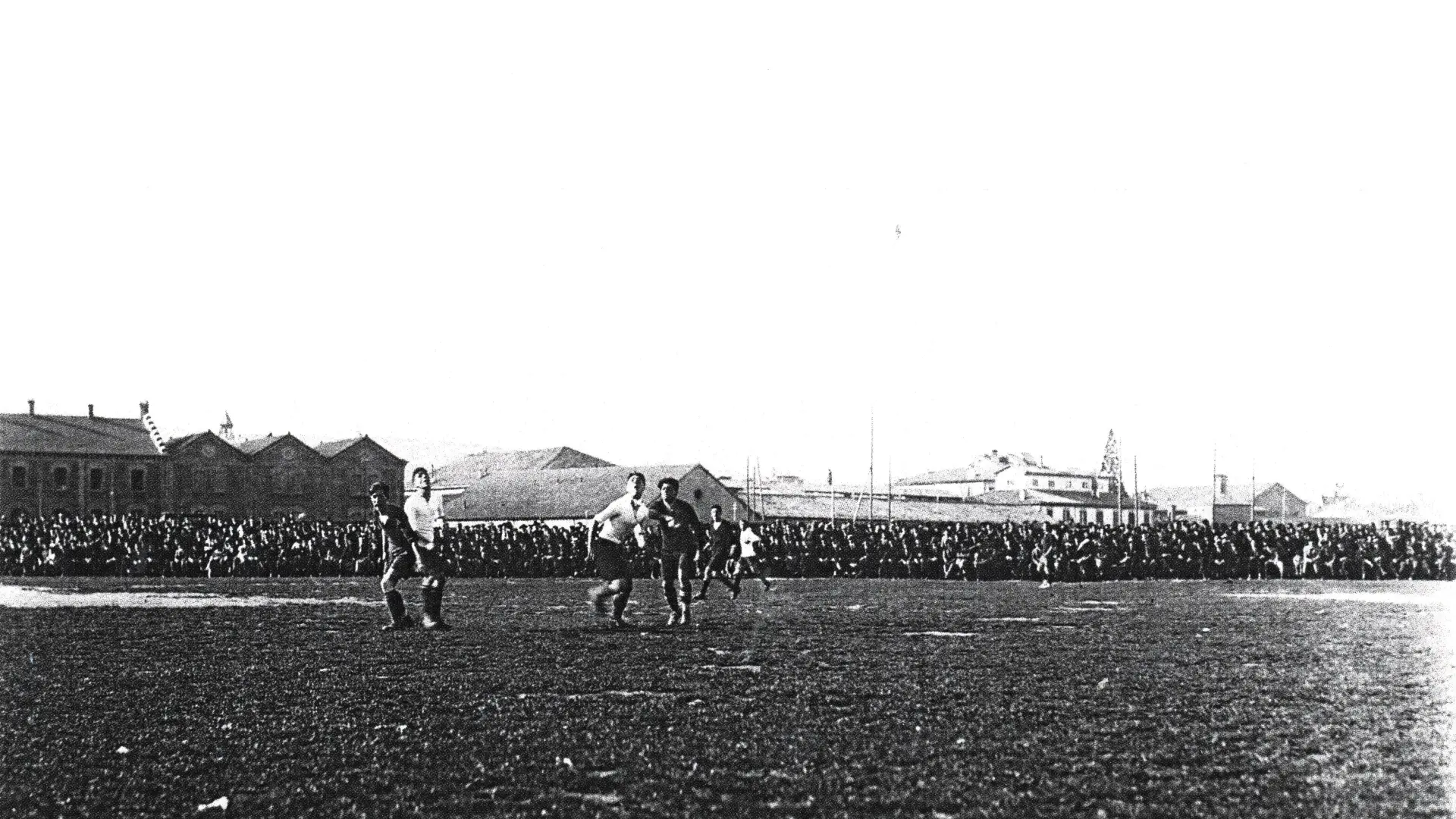1920's
A Meteoric Rise with San Juan By Its Side
The rapid rise of football in Pamplona—and of Osasuna as an institution—found a pivotal milestone in the construction of the San Juan field. In its early years, the new club had played at the Ensanche and Hipódromo fields, but neither was able to accommodate the growing passion that Osasuna was beginning to stir in the heart of Navarre's capital.
Such was the surge of interest that, on February 8, 1922, under the presidency of Rafael Álvarez Enciso, Osasuna and the Pamplona City Council signed a lease agreement for land near the vegetable gardens of the San Juan neighborhood. The annual rent was set at 500 pesetas—a modest sum for a space that would soon become central to the club’s future.
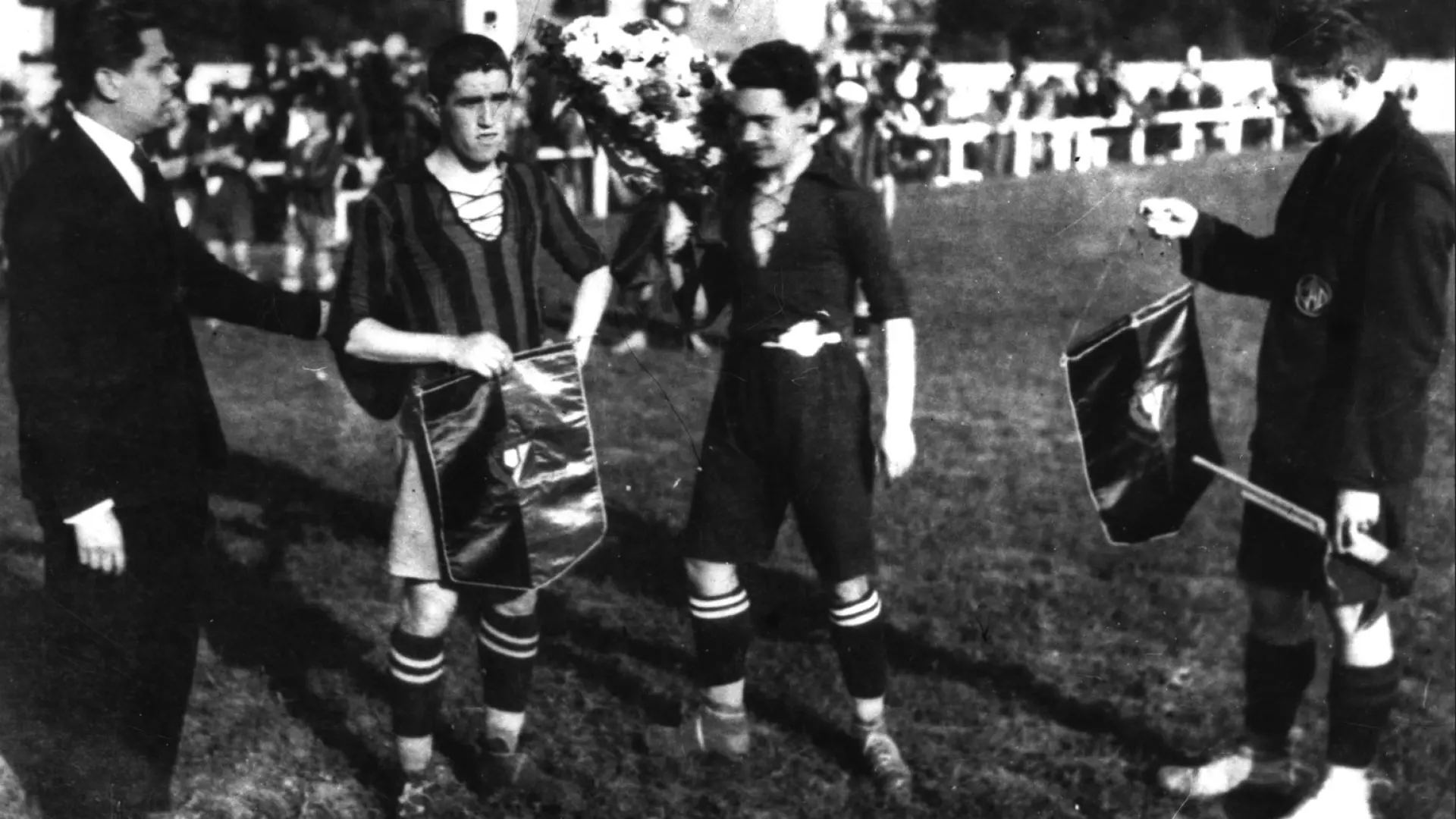
Inaguration of the San Juan field.
The San Juan field officially opened on May 21, 1922, with a high-profile match against Arenas de Getxo, champions of the 1919 Copa de España. Around 4,000 spectators filled the stands to witness Osasuna's debut at their new home—and they weren't disappointed. The home side earned a 2–0 victory, with goals from Juanito Urquizu and Zala, marking the beginning of a new era for football in Pamplona.
The sport's explosive popularity soon made it clear that the venue was not enough. Just four years later, in 1926, San Juan underwent a major renovation. The pitch was expanded, and the stadium's capacity nearly doubled to 9,000. Decades later, as the club prepared to move to a new home—El Sadar—San Juan reached its peak, accommodating up to 20,000 fans in its final days.
On the pitch, Osasuna developed a fierce regional rivalry with more seasoned teams from Gipuzkoa, such as Tolosa, Real Unión, and Real Sociedad. Seeking to modernize the club's playing style, the board appointed Walter Gerbart, a German coach, in 1923. Central European football was considered tactically advanced at the time, and Gerbart's arrival was seen as a leap forward. Just two months into his tenure, he decided to don the kit himself, becoming Osasuna's first-ever foreign player—a title that remained unique for 63 years, until Michael Pedersen, a Dane, followed in his footsteps.
In 1924, Osasuna reached its first major sporting milestone: the final of the Campeonato de España Serie B. Though they narrowly lost 2–1 to Acero de Bilbao in Seville, the buzz surrounding the team and the growing involvement of the Pamplona City Council left no doubt—Osasuna had already become the city’s flagship football club, just four years after its founding.
That first decade also gave rise to the club's first great idol: Seve Goiburu. His goals sent waves of passion through the stands at San Juan, but his talent was felt beyond Pamplona—he famously scored for the Spanish national team against England in 1926. Still, he wasn't the first rojillo to wear the national jersey; that honor belonged to Juanín Bilbao, who became Osasuna’s first international. These early talents inspired a growing fanbase, although their stories would take very different turns. Jaime Lazcano, a gifted winger, signed with Real Madrid, sparking one of the club’s earliest controversies. Meanwhile, Florián Ochoa, another rising star, tragically passed away in 1929 at just 26 years old, leaving the club and its supporters in mourning.
A major development in Spanish football came in 1928 with the creation of the National League Championship (Campeonato Nacional de Liga). Osasuna began in the second group of the Segunda División, but disagreements over the league's structure led the club to withdraw the following season. As a result, Osasuna had to begin its ascent through the football pyramid again—this time from the Tercera División, marking the start of a determined climb throughout the 1930s.
